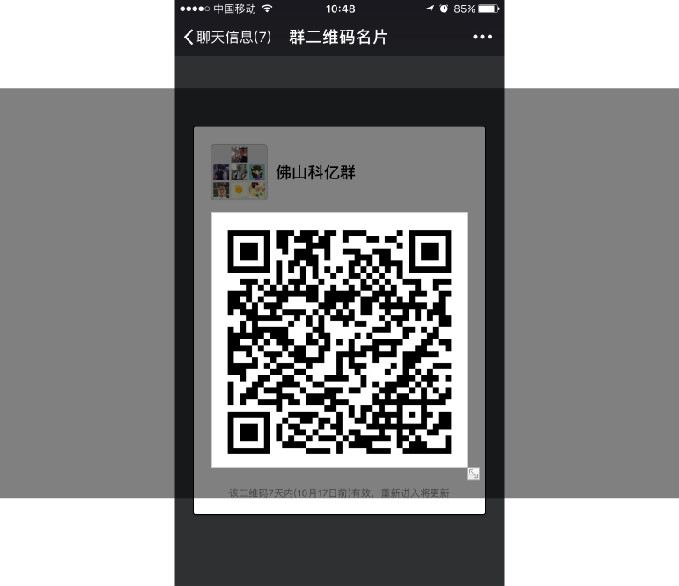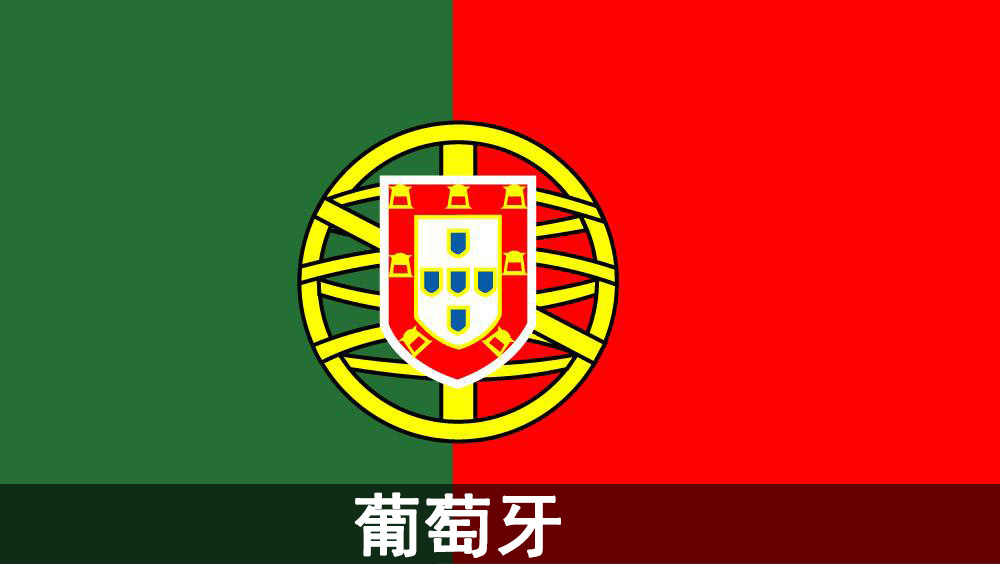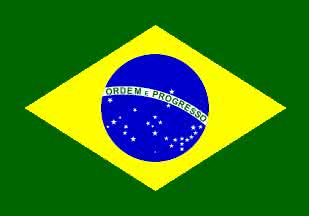1. GENERAL INTRODUCTION TO THE PATENT LAW OF JAPAN
The Patent Law of Japan was approved in 1959, which was recently amended in 2011, 2014 and 2015. Geographically, Japan is a small country, whereas it can be said a big one in the field of patent application. In recent years, the number of Japanese patent application has been far ahead of other countries.
Japan is a member of the Paris Convention for the Protection of Industrial Property and Patent Cooperation Treaty. Therefore, foreign enterprises and individuals can apply for a patent in Japan through the Paris Convention and the Patent Cooperation Treaty.
2. TYPE OF PATENT AND APPLICATION PROCESS
The type of Japanese patent is same to that of the civil law countries, such as Germany and china, comprising inventions, utility models and designs. According to the Patent Act of Japan, the patent administration department (JPO) may carry out substantive examination to an invention patent application. The duration of the invention patent right shall be 20 years, commencing from the date of application. A utility model application can merely adopt preliminary examination and the duration of the utility model patent is 10 years, commencing from the date of application. A design patent needs substantive examination, and the duration is 20 years, commencing from the date of application.
2.1 Invention Patent
2.1.1 Concept and Description of the Invention Patent
The term “invention” refers to any new technical solution relating to a product, a process or an improvement thereof.
“Product” refers to all kinds of new products manufactured by industrial methods, including items with a certain shape and structure, such as solid, liquid and gas. “Method” refers to the method of processing the raw materials into a variety of products. It is not required that an invention patent can be directly applied to industrial production and technological achievements. It can be a solution or an idea to solve the technical problem, having the possibility of industrial application. However, such technical solution or idea should not be confused with proposing pure conceptions because pure conceptions cannot be applied to industrial applications.
It’s also worth mentioning that the “product” includes computer programs. Namely, the computer programs can be written in the claims. Additionally, some methods of diagnosis and medical treatment can also be patentable.
2.1.2 Application Process of an Invention Patent
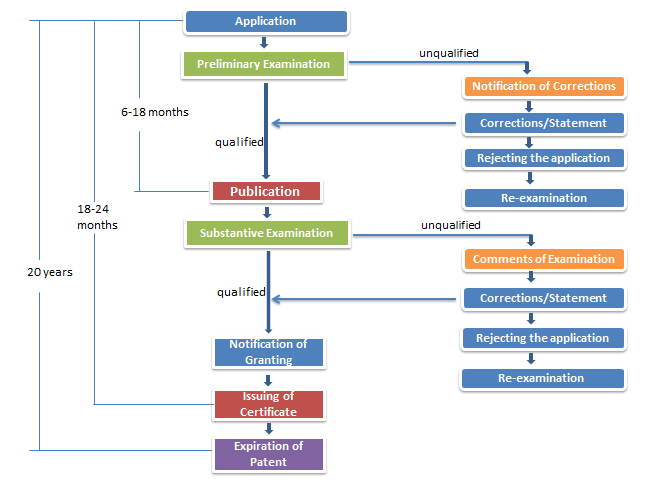
Similar to most of the countries, Japan carries out substantive examination to the invention patent applications, namely, examining the novelty, creativity of the invention patent applications.
2.1.3 Required Documents for Application
A. Written description, written claim, written abstract, drawings of written description and drawing of abstract.
B. Letter of authorization for the application of patent, which is required to be signed by the applicant or stamped (no notarization or certification is required).
C. Name and address of the applicant, name and address of the inventor, etc.
Notes: all of the documents must be submitted in Japanese.
2.2 Utility Model
2.2.1 Concept and Description of the Utility Model Patent
The term “utility model” refers to any new technical solution relating to a product’s shape, structure, or a combination thereof, which is fit for practical use. Same as an invention patent, a utility model patent also protects a technical solution. However, the protective scope of the utility model patent is comparatively smaller, namely, protecting the new products with a certain shape or structure merely. A utility model patent DOES NOT protect the method and the substance without definite shape. Compared with the invention patent, utility model patent pays special attention to the utility of the technical solution, and the technical level of a utility model patent is lower than that of an invention patent. The utility model patent in most of the countries protects those simpler and modified technical inventions, which can also be called “small inventions”.
2.2.2 Application Process of a Utility Model Patent
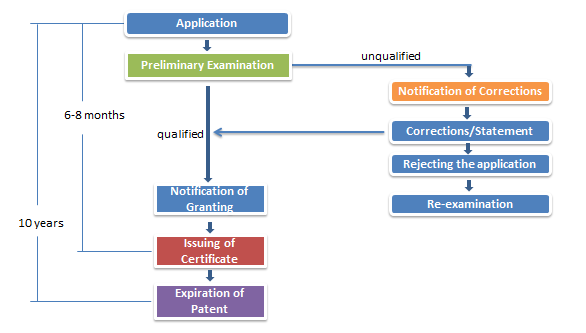
Similar to most of the countries, Japan carries out preliminary examination to the utility model patent application instead of substantive examination. JPO (Japanese Patent Office) may appropriately examine the novelty of the utility model patent applications for improving the quality of patent applications.
2.2.3 Required Documents for Application
A. Written description, written claim, written abstract, drawings of written description and drawing of abstract.
B. Letter of authorization for the application of patent, which is required to be signed by the applicant or stamped (no notarization or certification is required).
C. Name and address of the applicant, name and address of the inventor, etc.
Notes: all of the documents must be submitted in Japanese.
2.3 Design Patent
2.3.1 Concept and Description of the Design Patent
The term “design” refers to any new design of a product’s shape, pattern or a combination thereof, as well as the combination of the color and the shape or pattern of a product, which creates an aesthetic feeling and is fit for industrial application.
2.3.2 Application Process of a Design Patent
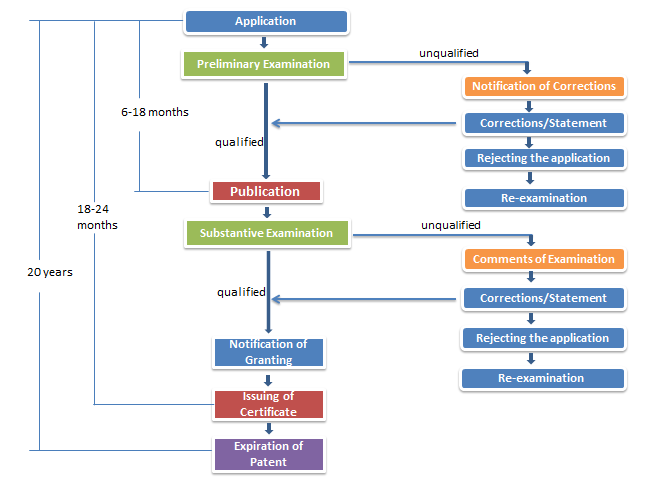
Differing from most of the countries, Japan carries out substantive examination to a utility model patent application instead of preliminary examination, and the substantive examining process automatically starts after submission of the application.
2.3.3 Required Documents for Application
A. Six-side views and three-dimensioned drawing;
B. Brief description of design patent, including name of product, application and design features, etc.
C. Letter of authorization for the application of patent, which is required to be signed by the applicant or stamped (no notarization or certification is required).
D. Name and address of the applicant, name and address of the inventor, etc.
Notes: all of the documents must be submitted in Japanese.
3. WHAT SHALL NOT BE GRANTED
According to the Patent Act of Japan, for any of the following, no patent right shall be granted:
(1) Scientific discoveries;
(2) Rules and methods for mental activities;
(3) Methods for the diagnosis or for the treatment of diseases;
(4) Animal and plant varieties;
(5) Substances obtained by means of nuclear transformation; and
(6) The design, which is used primarily for the identification of pattern, color or the combination of the two on printed flat works.
For processes used in producing products referred to in item (4) of the preceding paragraph, a patent may be granted in accordance with the provisions of this Law.
Except for the above, the following two shall not be granted as well:
(1) Business methods

